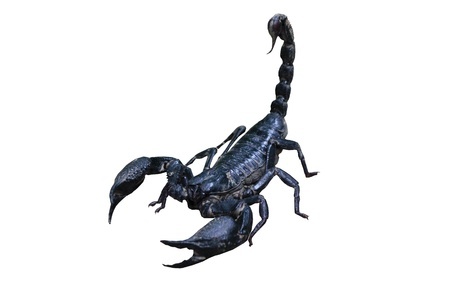Scorpions

SCORPION (Scorpiones)
Description:
Scorpions are eight-legged, venomous invertebrates related to spiders and ticks, belonging to the Arachnid family. They have an extended, broad, flattened body and a segmented, erectile tail, ending with a venomous stinger. Scorpions also have large, powerful pincers that are used to grasp and subdue prey. In southern California, most adult species are between 2 and 3 inches long, and their colors range from yellowish-brown to black.
Biology:
Scorpions typically do not attack humans unless they are directly or accidentally provoked. They are primarily nocturnal predators that feed on a variety of insects, spiders, centipedes, other scorpions, and earthworms. In commercial landscapes, scorpions seek shelter under rocks and debris. While they may occasionally wander into buildings, their natural habitat is outdoors.
Did You Know?
Scorpions glow under ultraviolet light because specific molecules in one layer of the cuticle, which is the tough but somewhat flexible part of a scorpion's exoskeleton, absorb longer wavelengths of ultraviolet light. Afterward, they emit the light in different wavelengths that are visible at night, creating a blue-green glow.
Impact:
Scorpions may deliver a painful sting, but they're generally beneficial creatures. The venom of Southern California scorpions resembles a bee sting and can be a concern for those with allergies. In rare instances, their population may surge, requiring special pest control measures.
Solutions:
In the event of an infestation, it's essential to modify the area surrounding the buildings as the primary control strategy. Sanitation stands as the crucial first step in scorpion control. It's imperative to decisively eliminate cardboard boxes, boards, rocks, and debris around and near foundation walls. The use of insecticides for scorpions should be considered a last resort.
Addtional Links:
http://www.ipm.ucdavis.edu/PMG/PESTNOTES/pn74110.html
